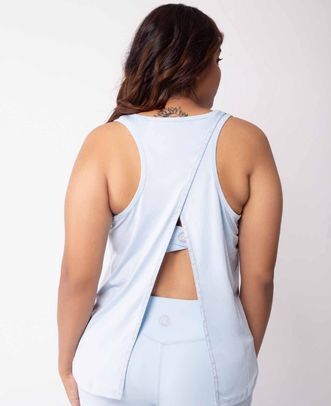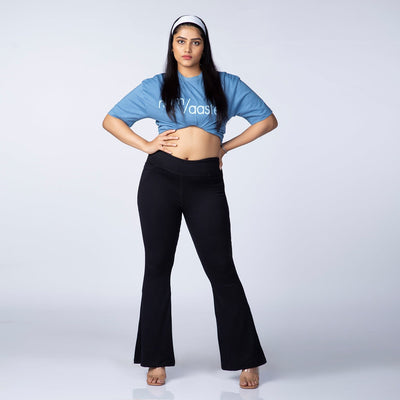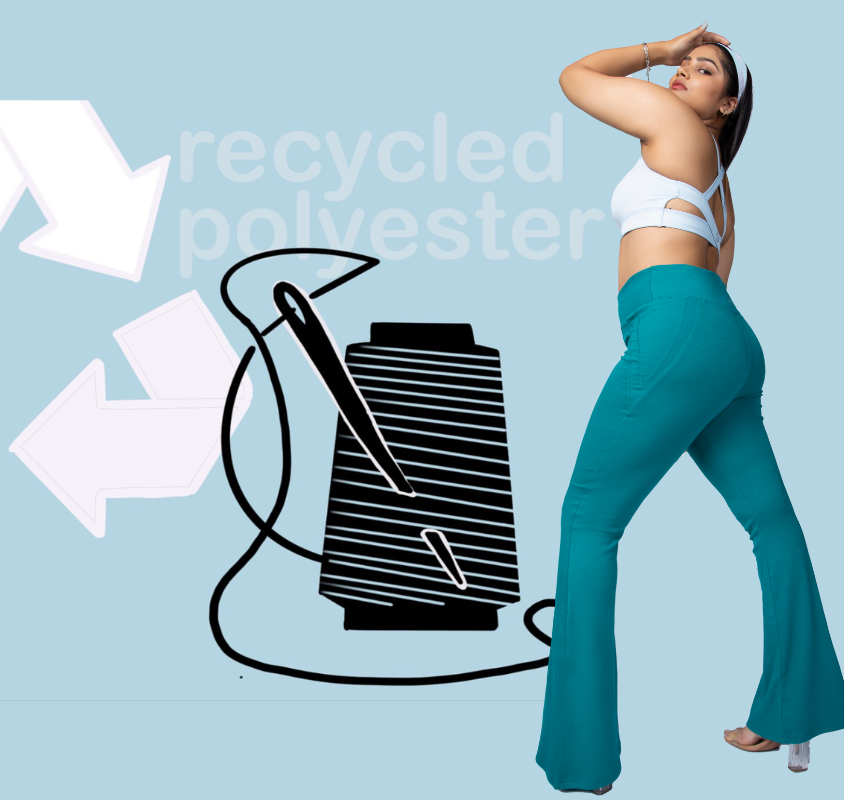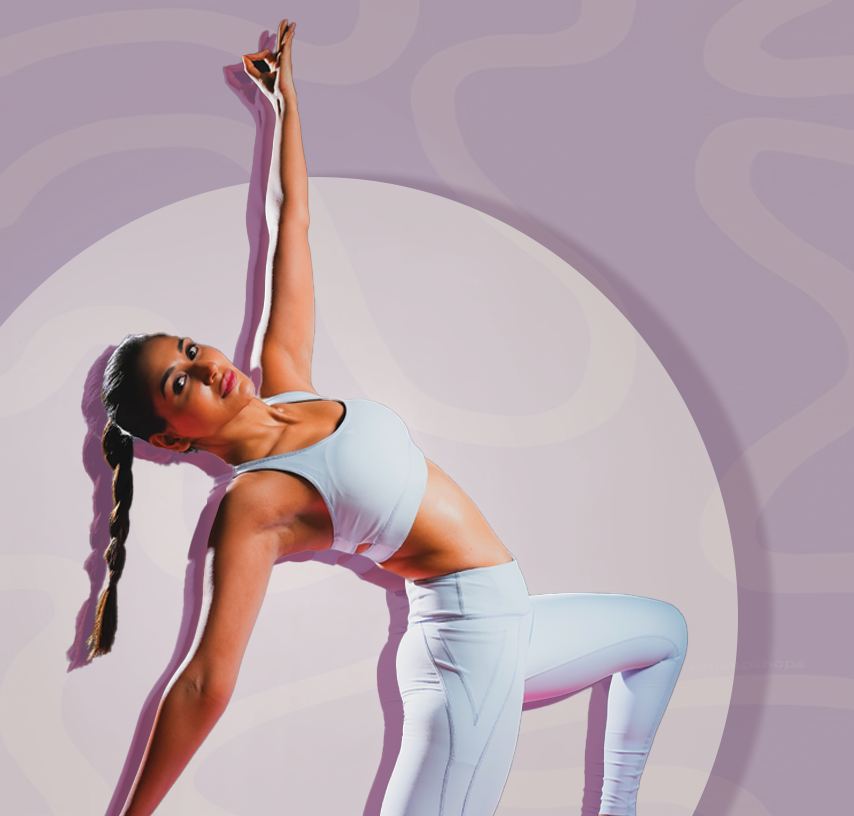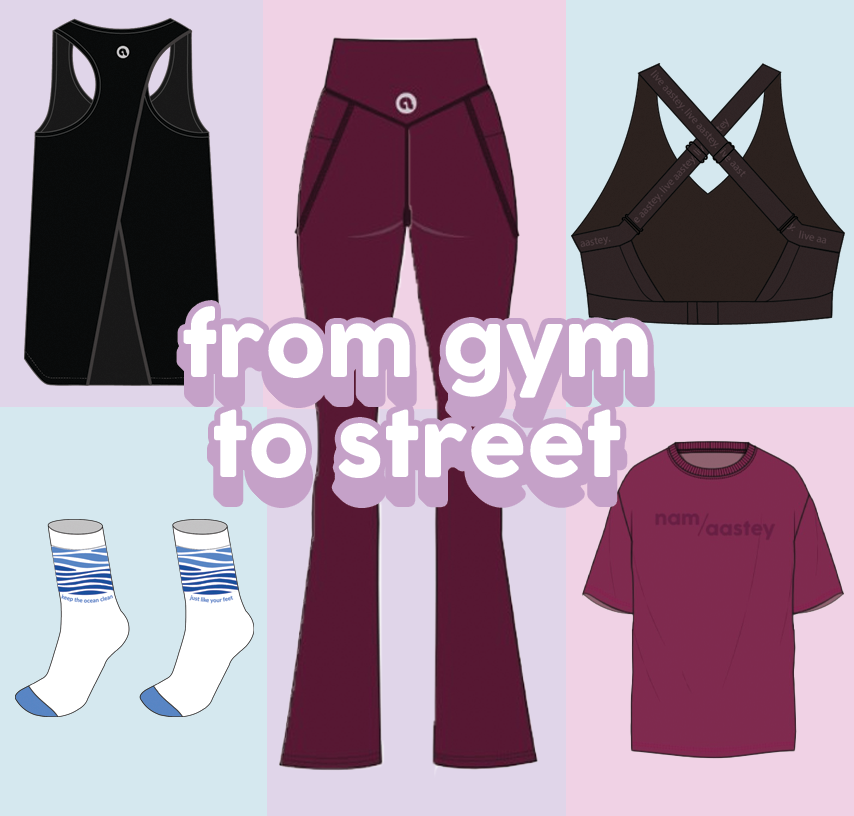Padahastasana, also known as Standing Forward Bend Pose, is a popular yoga posture that is commonly practised all across the globe. It may look simple, but this yoga posture has several benefits for your mind, body, and spirit. Remember to listen to your body and modify the padahastasana pose as needed to ensure a safe and comfortable practice.
What is hastapadasana?
Hastapadasana is an effective yoga asana that has been practised for centuries to improve physical flexibility, strengthen the lower back, and stimulate the nervous system. This pose involves a forward bend where the hands are brought down to the feet, with the head tucked in towards the knees.

Who can do hastapadasana?
Hastapadasana is suitable for most people, including beginners, as it is a relatively gentle posture that provides a range of benefits. Here are the people who are the most suitable to practise the hastapadasana procedure:
- Physically-healthy individuals: If you are in good health and have no major health issues, you can perform hastapadasana safely.
- Individuals with tight hamstrings: If you look at padahastasana images, you will observe that it is an excellent posture for stretching the hamstrings. If you have tight hamstrings, this posture can help loosen them up over time.
- People with lower back pain: Padahastasana can be beneficial for people with lower back pain. It stretches the lower back muscles and can relieve tension and pain.
- People with digestion problems: padahastasana yoga can help improve digestion by massaging the internal organs and promoting blood flow to the abdominal area.
Who should avoid hastapadasana?
While Padahastasana is generally safe for most people, there are some groups of people who should avoid this posture or perform it with caution. These include:
- People with back injuries: This posture can put pressure on the lower back and aggravate back injuries.
- People with high blood pressure: Padahastasana involves folding forward, which can increase blood pressure.
- Pregnant women: The forward bend posture can put pressure on the abdomen and interfere with the baby's growth in the later stages of pregnancy.
- People with glaucoma: Padahastasana can increase intraocular pressure and exacerbate glaucoma.
If you have any health concerns, it is always best to consult with a qualified yoga instructor before performing this or any other yoga posture.
Padahastasana Yoga Procedure Step by Step

Here is a step-by-step guide for practising padahastasana properly:
- Step 1: Start by standing tall with your feet hip-width apart and your hands resting at your sides. You can also do a hand namaskar before moving ahead.
- Step 2: Take a deep breath in and raise your arms above your head, keeping them straight and parallel to each other.
- Step 3: As you exhale, slowly bend forward from the hips and bring your torso towards your thighs.
- Step 4: Keep your knees straight but not locked, and press your thighs behind.
- Step 5: Bring your hands down and place them on either side of your feet.
- Step 6: As you inhale, lift your head slightly and look forward, lengthening your spine. As you exhale, deepen the forward bend, bringing your head closer to your knees.
- Step 7: Hold this position for 5 to 10 deep breaths, relaxing into the stretch with each exhalation.
- Step 8: To come out of the pose, inhale and slowly lift your torso back up to standing, raising your arms above your head once again.
- Step 9: As you exhale, bring your arms down to your sides and release any tension in your body.
If you follow these simple and effective padahastasana steps regularly, you will be able to reap the asana’s benefits in no time.
Padahastasana Yoga Benefits
-
It stretches the hamstrings and calves
Tight hamstrings and calves can lead to lower back pain, poor posture, and limited mobility. By stretching these muscles, Padahastasana helps to alleviate these issues and improve overall flexibility. -
It strengthens the legs
Padahastasana also strengthens the legs. This pose engages the quadriceps, glutes, and calf muscles, which helps to tone and strengthen the lower body.
-
It relieves stress and anxiety
The forward bending motion can help to release tension in the neck and shoulders, which are common areas where stress and tension are held.
-
It improves digestion
Padahastasana also stimulates the digestive system, which can improve digestion and relieve constipation. The forward bending motion compresses the abdomen, which helps to massage the internal organs and increase blood flow to the digestive system.
-
It enhances focus and concentration
By focusing on the breath and the movement of the body, this pose can help to improve mental clarity and enhance concentration.
-
It promotes relaxation and better sleep
This pose can be especially beneficial for those who have trouble falling asleep as it calms the mind and keeps anxiety at bay.
There is a multitude of benefits that padahastasana offers. Some of its major advantages include:
Whether you are a beginner or an experienced yogi, be sure to give Padahastasana a try and experience its many benefits for yourself.
Level of Difficulty
The level of difficulty for Hastapadasana can vary depending on an individual's level of flexibility, strength, and balance. The following factors contribute to the level of difficulty of Hastapadasana:
- Flexibility: If the hamstrings and lower back muscles are tight, it can be challenging to bend forward and reach the toes.
- Strength: As the body bends forward, the weight shifts towards the toes, and the muscles in the feet, calves, and thighs have to work harder to maintain balance for people with weak legs and core muscles.
- Balance: Maintaining balance while bending forward can be difficult, especially for individuals who are new to yoga. The asana requires equal distribution of weight in both feet and engages the muscles of the inner thighs to keep the legs straight.
- Breathing: Hastapadasana also requires conscious breathing. Holding the breath while bending forward can lead to tension in the neck and shoulders.
Overall, the level of difficulty for Hastapadasana depends on an individual's physical ability, experience with yoga, and commitment to practice. If you are new to yoga or have any medical conditions, it is recommended to seek guidance from a certified yoga instructor.
Easy Modification for Beginners
for beginners, it may be challenging to perform the pose correctly. Let us now explore some modifications that can make Hastapadasana more accessible for beginners.
- Use Props: A yoga block, a strap, or a folded blanket can provide support and help you achieve proper alignment.
- Bend Your Knees: This modification reduces the pressure on the hamstrings and allows you to focus on lengthening the spine.
- Separate Your Feet: If you have tight hamstrings or a stiff spine, separating your feet wider than hip-width apart can make Hastapadasana more comfortable. This modification allows you to fold forward without compressing your lower back.
- Perform the Pose Against a Wall: It can help beginners achieve proper alignment and prevent them from overextending.
- Practice with a Chair: Using a chair can be an excellent way to modify Hastapadasana for beginners who have balance issues or difficulty reaching the floor.
By different modifications, you can make it more accessible and comfortable. To make things even easier and more convenient, you should invest in stretchable and soft yoga pants. Keeping this in mind, Aastey has come up with a range of yoga wear that will make practising your asanas way smoother and fun for you. Be it the breathable and sustainable material or the stylish designs, Aastey has all that you need for your perfect gym outfit or yoga wear.

